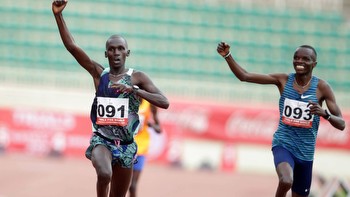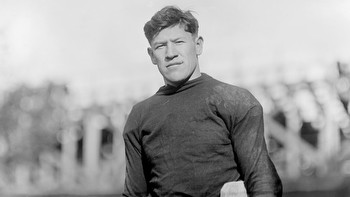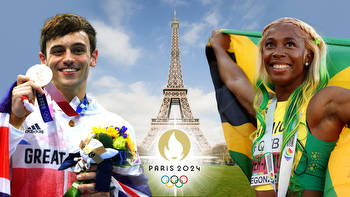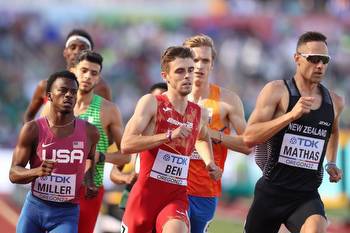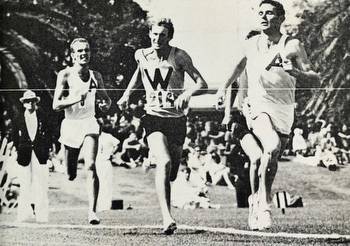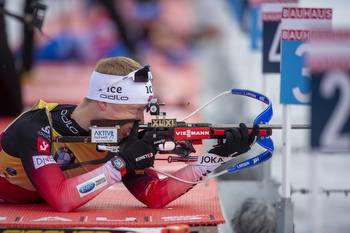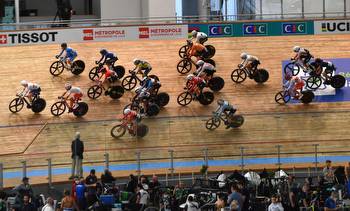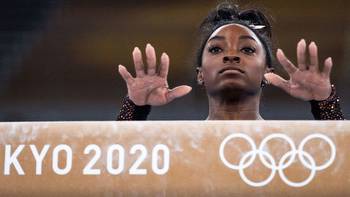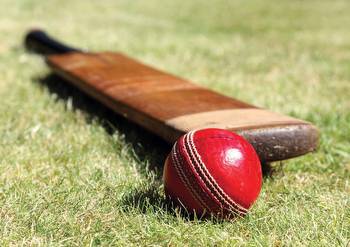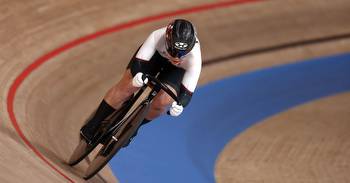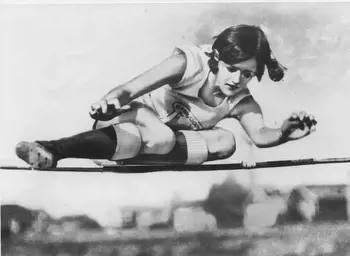Race walking: All you need to know
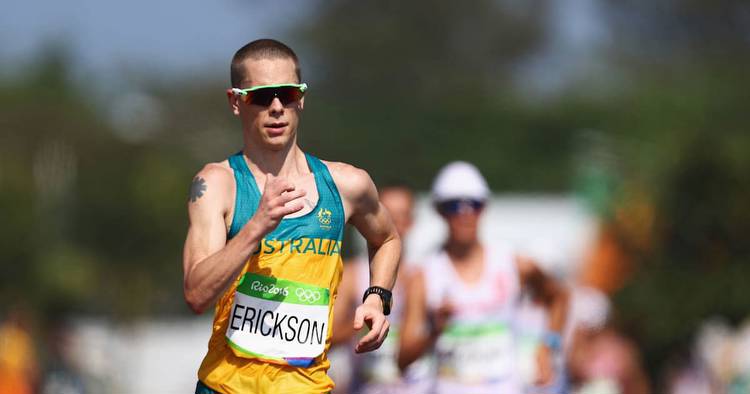
What started as a high-society pastime in the Victorian era, became a constant fixture at the Olympic Games since 1904. Know the race walking rules.
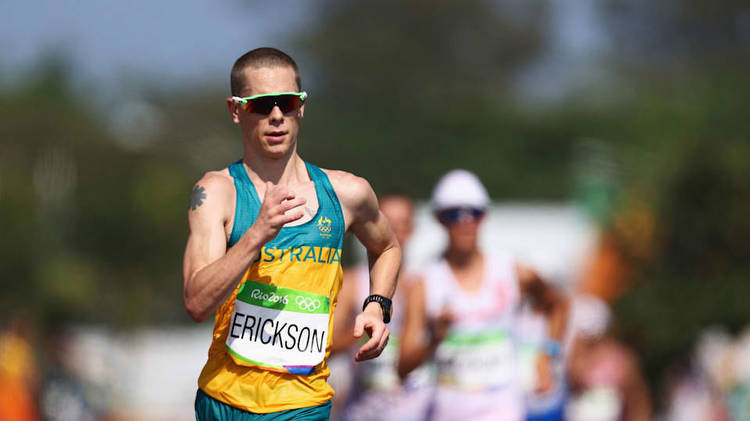
While most track and field events largely culminate into feats that need bursts of energy to perform, race walking stands out as a sport that prioritises precision and discipline.
Race walking is believed to have originated in the Victorian era (1837-1901) when noblemen used to bet on their footmen -- who walked alongside their employer’s horse-driven coaches -- for a winner.
It came to be known as pedestrianism and made its way to the United States in the late 19th century. It caught on as a spectacle sport, with participants walking nearly 1,000 kms in six days inside packed indoor arenas.
Crowds watch participants competing in a six-day walking race at Gilmore's Garden, New York City in March 1879.It continued to fuel betting, with wagers being placed on even which participant would drop out first.
“It was a real spectacle,” Matthew Algeo, author of the book Pedestrianism: When Watching People Walk Was America's Favorite Spectator Sport, told National Public Radio (NPR). “There were brass bands playing songs; there were vendors selling pickled eggs and roasted chestnuts. It was a place to be seen.”
From a pastime, the activity was eventually formalised in England. Basic rules were established and race walking was soon recognised as a sport for professionals.
Race walking rules
The name of the sport itself defines the objective where participants swiftly walk their way to the finish line. However, it is bound by strict rules pertaining to its technique.
Race walking differs from running, where an athlete often has both feet off the ground during their strides in a sprint.
In race walking, however, athletes must always have one foot in contact with the ground at all times, as visible to the human eye. Judges are present at events to ensure the rule is enforced.
If there is no visible contact, it is deemed as ‘lifting’ and attracts a penalty.
“Your eye can catch anything that is slower than 0.6 seconds, so the quickest lifter is going to be okay within the rules. You have to push the envelope, you want to be on the edge.” - Canadian race walker and Olympian Inaki Gomez told The Star.
Furthermore, the athlete’s knee of their advanced leg must not bend and the leg must straighten as the body passes over it. Each race walker is judged carefully and can be penalised if he bends his knee during the race.
Judges ranging from five to nine, depending on the category of the event, inspect the race with their naked eyes. They carry paddles with symbols for ‘loss of contact’ (~) and ‘bent knee’ (<).
A judge shows a ‘loss of contact’ card to a race walker. (2018 Getty Images)If a race walker is shown three warnings (paddles) from different judges, including the chief judge, it leads to disqualification of the athlete. A red paddle is shown to the disqualified athlete.
The standard distances for race walking events are 3000m, 5000m in indoor tournaments while 5000m, 10,000m, 20,000m, and 50,000m races are held on outdoor tracks. The 10km, 20km and 50km events, labelled separately, are held on metalled roads.
Olympic race walking
Race walking made its debut at the Olympics in 1904 at St Louis, USA, but it was clubbed as a part of the ‘All-Around Championship’ - today’s version of the decathlon.
It made its debut as a standalone sport at the 1908 Games in London as a men’s event, featuring a 3500 metre and a 10-mile race walk.
A 10km short-distance walk was introduced at the 1912 Summer Olympics in Stockholm and the 50km long-distance event made its first appearance at the 1932 Games in Los Angeles.
The Olympics has a 20km race walking category for both men and women. The 50km category, however, is only for men. (2016 Getty Images)The 20km, the second category under short distance, was introduced at the 1956 Olympics in Melbourne.
A women’s category was eventually added at the 1992 Barcelona Games in the form of a 10km event. It was upgraded to the 20km at Sydney 2000.
As things currently stand at the Olympic Games, men and women compete in the 20km short distance category while the 50km long distance features only men.
First Olympic gold medals in race walking
British athlete George Larner won the first gold medal in race walking in the men’s 10-mile category at the 1908 London Games. He also claimed gold in the 3500 metres race.
At Stockholm, four years later, George Goulding of Canada took the gold in the Olympics’ first 10km walk.
In the maiden 50km race walk at Los Angeles 1932, Britain's Tommy Green claimed the first Olympic gold while Soviet Union's Leonid Spirin became the first winner in the 20km category in 1956.
China’s Chen Yueling won the first gold in the 10km women’s race in 1992, while Wang Liping clinched the first gold in the women’s 20km race walk in 2000.
The first-ever Indian to participate in Olympic race walking was Ranjit Singh at the 1980 Moscow Games. He finished a respectable 18th place in the men's 20km walk.
Add this to your favourites

